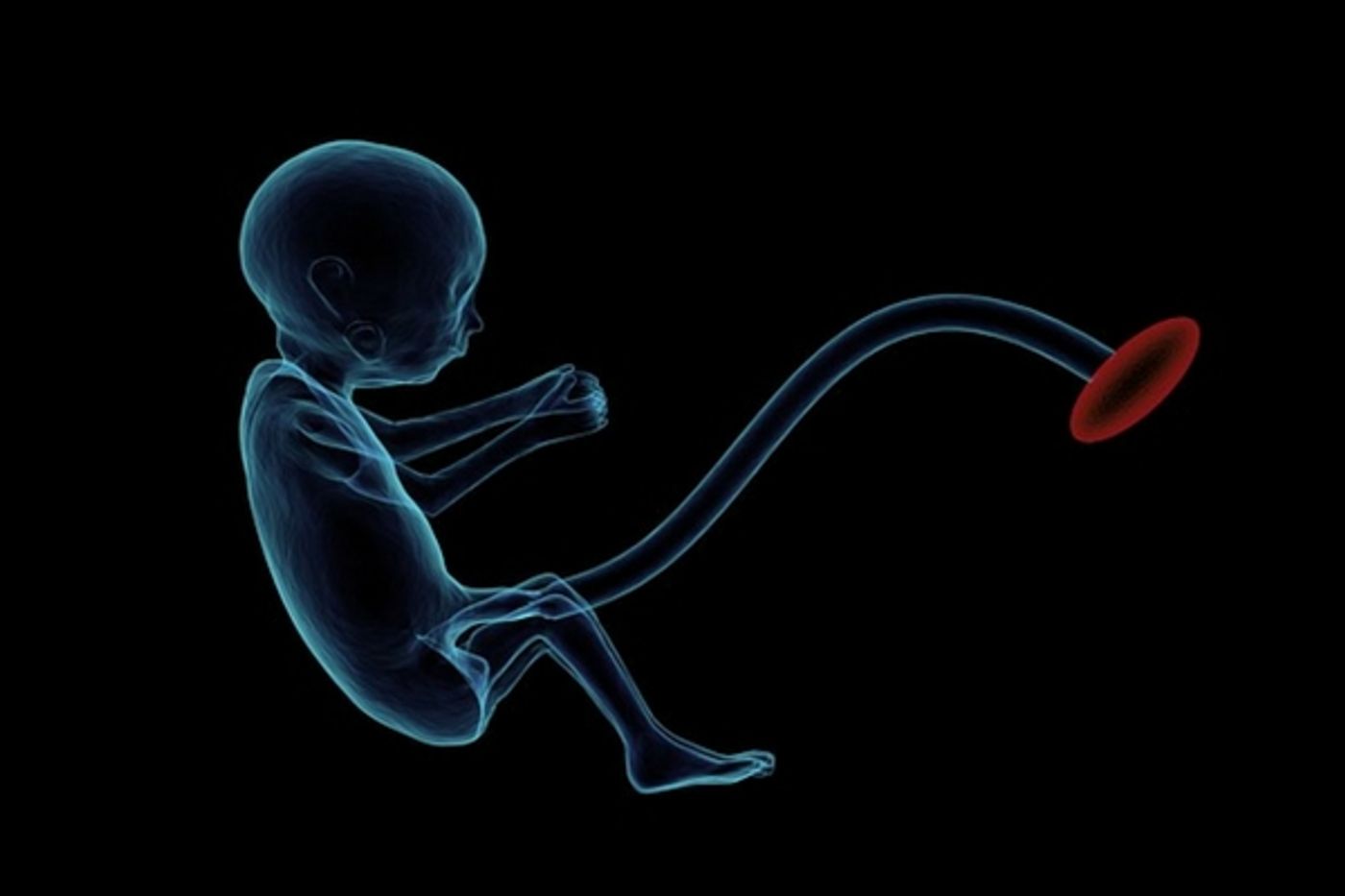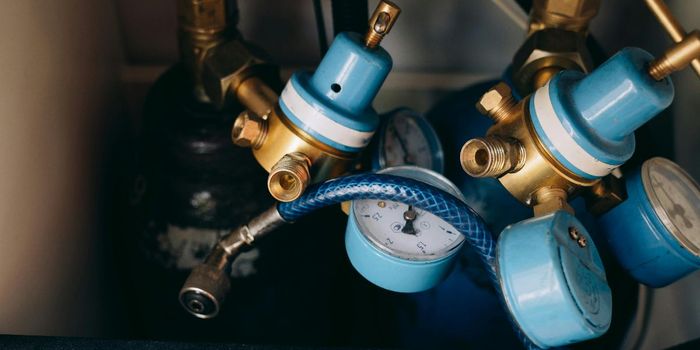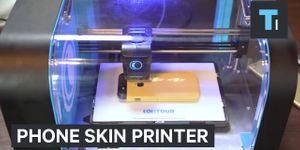Umbilical Cord Blood Improves Memory in Older Mice
The benefits of human umbilical cord blood are well known for fighting cancer and harvesting stem cells, but new research shows that cord blood could be a factor in reversing memory loss and improving learning. A new study from Stanford University involving a mouse model showed that a particular protein contained in cord blood could be a key player in learning and age-related cognitive decline.
It started with an earlier research project by neurology professor Tony Wiss-Coray which used a direct infusion of plasma from young mice into older mice. That research showed that older mice benefited from the plasma of the younger mice. These benefits were not just limited to blood chemistry and physiology but actually revealed better performance on cognitive and memory tests. Following those results, the team decided to try human plasma, from cord blood, to see if the results could be replicated.
Wyss-Coray stated, “Neuroscientists have ignored it and are still ignoring it, but to me it’s remarkable that something in your blood can influence the way you think.”
The follow up research with human plasma is the first time that plasma, from human umbilical cord blood, could be beneficial to learning and memory. The team at Stanford hopes that the results from this study could aid in developing drug therapy for patients with dementia, Alzheimer’s disease and other neurodegenerative diseases.
It all comes down to the proteins contained in cord blood versus what is contained in blood plasma from older people. Looking at cord blood plasma from 19-24 year olds and 61-82 year-olds researchers noted specific changes in a few of the key proteins. These changes were age-related and that led to the investigation of the proteins present in cord blood. These proteins had specific properties that were different in plasma of older people.
Focusing on the hippocampus, which in both mice and humans is responsible for long-term memory and environmental memory (finding your way around in daily life), the researchers looked for changes in the structure of this part of the brain that correlated with the changes in the specific proteins in the blood. If the infusion of younger blood proteins could impact the hippocampus, this would be a significant finding.
So how could this be determined? The team at Stanford used immune-deficient mice. Mice with a genetically altered immune system could be given repeated injections of human plasma without triggering an immune response that would interfere with the data. When testing these genetically altered older mice on learning tasks, like a Barnes maze, the team was able to get a baseline of what an average mouse of a certain age could do. These older mice were then given human umbilical cord blood every fourth day for two weeks. The mice improved notably. Other mice were injected with human plasma from older adults and showed no improvement, while a third group of mice were given human plasma from younger adults. The plasma from younger adults resulted in a small improvement in the older mice, but not as much as was seen in the mice who received cord blood.
Wyss-Coray and his team looked at what in the plasma in cord blood and in that of younger adults could be causing this improved memory effect and found that one protein in particular, TIMP2 (tissue inhibitor of metalloproteases 2) was triggering nerve cell activity in the brains of the mice. To further check on this, the team injected straight TIMP2 into the mice and the older mice regained the ability to nest, which is an instinct normally lost as mice grow older. Stanford’s Office of Technology Licensing has filed for patents concerning their findings and more research is planned to see if treatments for age-related dementia can be developed. The video below has more information, check it out.
Sources: NBC, Stanford University, Journal Nature









